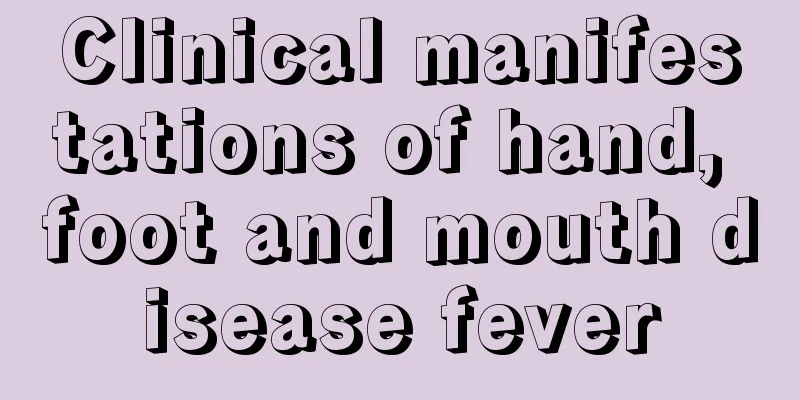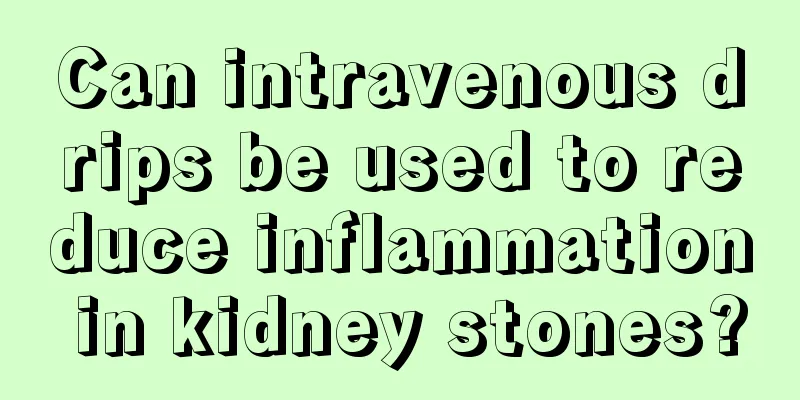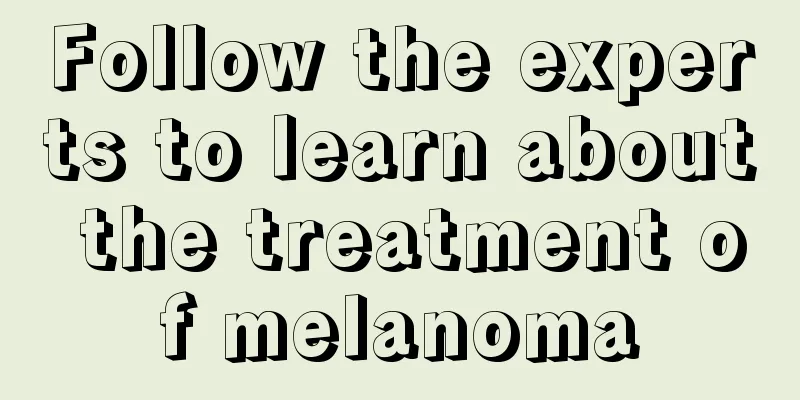What is the differential diagnosis method for epilepsy?

|
The identification of epilepsy should be taken seriously, because epilepsy is epilepsy, but it is also necessary to differentiate between these diseases. Epilepsy has similar symptoms to a fainting spell, high fever convulsion or migraine. When diagnosing epilepsy, it is important to differentiate it from the following diseases: 1. Hysteria: The patient has hysterical personality traits, no loss of consciousness, no pupil changes, no bites, falls or incontinence, suggesting that the treatment is effective and no abnormalities in the EEG examination. 2. Syncope: often without warning, bites and urinary incontinence are rare, with no obvious sequelae, and EEG examination is clearly different from epileptic seizures. 3. Febrile convulsions: They are more common in children between six months and four years old, accompanied by high fever. Only a few cases have more than two attacks, and the children recover quickly after the attacks. Neurological examinations are mostly normal. 4. Migraine: Migraine occurs at a later age and lasts longer. EEG examination shows no abnormalities and anti-epileptic drug treatment is ineffective. It can be distinguished from headache epilepsy. 5. Syncope: Symptoms include sudden collapse and unconsciousness, which may be relieved naturally and the patient may be like a normal person after waking up. However, syncope is often accompanied by cold limbs, but usually there is no limb convulsion or dilated pupils, and no abnormal EEG changes. 6. Differentiation between epilepsy and convulsions: "Treatise on the Causes and Symptoms of Various Diseases·Symptoms of Miscellaneous Pediatric Diseases·Symptoms of Wind Epilepsy" believes that "if the high fever does not subside, it will turn into convulsions, and even very severe ones will turn into epilepsy." "Huo You Xin Shu·Volume 1·Epilepsy" says more specifically that "after three convulsions, it turns into epilepsy." Convulsions are divided into acute convulsions and slow convulsions. Acute convulsions must be accompanied by high fever, chronic convulsions often occur after spleen deficiency and long-term diarrhea, and epileptic seizures are generally not accompanied by fever or diarrhea. In acute convulsions, convulsions will no longer occur after the fever subsides, and in chronic convulsions, convulsions will no longer occur after the spleen is strengthened and diarrhea is stopped. However, epilepsy can recur. This is the difference between them. However, the relationship between convulsions and epileptic seizures, and their pathogenesis are worthy of in-depth study. 7. Differentiation between epilepsy and convulsions: "The Treatise on the Causes and Symptoms of Various Diseases·Symptoms of Miscellaneous Pediatric Diseases·Symptoms of Wind Epilepsy" records that "when the disease occurs, the body becomes limp and wakes up from time to time, it is called epilepsy; when the body becomes rigid and stiff like a corpse and wakes up from time to time, it is called convulsion." Later generations of doctors often used this theory to distinguish epilepsy from convulsions. In the Qing Dynasty, Wu Jutong listed a special entry on "General Discussion of Spasms and Convulsions" in "Treatise on Warm Diseases", saying "Spasm means rigidity, which is what later generations called opisthotonos and what ancient people called spasm. Convulsion means peristalsis and contraction, which later generations called twitching and convulsion and what ancient people called convulsion. Those who have twitching and convulsion that never stop are convulsions. Those who have twitching and convulsion that come and go and recur after a few days or months, and stop on their own without treatment, are epilepsy." The spasms discussed by Wu Jutong are very broad, and are divided into nine categories, namely cold spasms, wind-heat spasms, warm-heat spasms, summer spasms, damp spasms, dryness spasms, internal injury and diet spasms, exogenous spasms (fright spasms), and internal organ disease spasms, which basically cover all convulsion symptoms. |
<<: What are the symptoms of early liver cirrhosis
>>: How to know the characteristics of vascular headache
Recommend
How to whiten your legs
Summer is coming soon. The weather is hot in summ...
Tips on how to make eyelashes longer
Long and curled eyelashes are what every woman wan...
The man's psychology after a couple quarrels, this hurts the woman the most
After many couples quarrel, some of the men’s beh...
How to grow hair faster?
The growth of hair is actually related to the hea...
Why is urine pink?
Most urine is light yellow and does not smell str...
What is the pathology of lupus nephritis
What everyone should know is that even the same d...
Can surgery be performed on patients with high astigmatism?
High astigmatism is a common retinal disease. Whe...
What happens if you drink too much glucose?
Glucose can replenish the body's energy. For ...
Is moxibustion effective for hemorrhoids
Moxibustion is a special method of treating disea...
I was pregnant for more than 5 months and got advanced colorectal cancer. What should I do?
Colorectal cancer refers to malignant lesions of ...
Master 7 methods to help you improve your sense of happiness
Studies have found that when our friends praise a...
What does it mean to dream of losing three teeth?
We are bound to have some strange dreams. As long...
How to prevent intravenous phlebitis?
In modern medical technology, various treatment m...
How do elderly people with breast cancer survive with tumors?
Breast cancer lung metastasis cannot survive for ...
What are the side effects of rhinitis water
Because the air quality is getting worse and wors...









